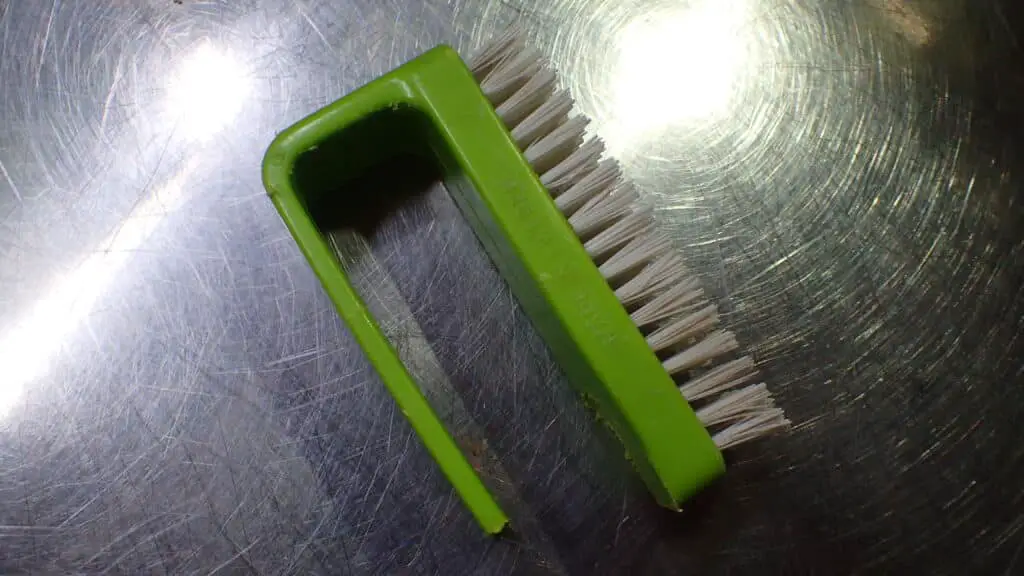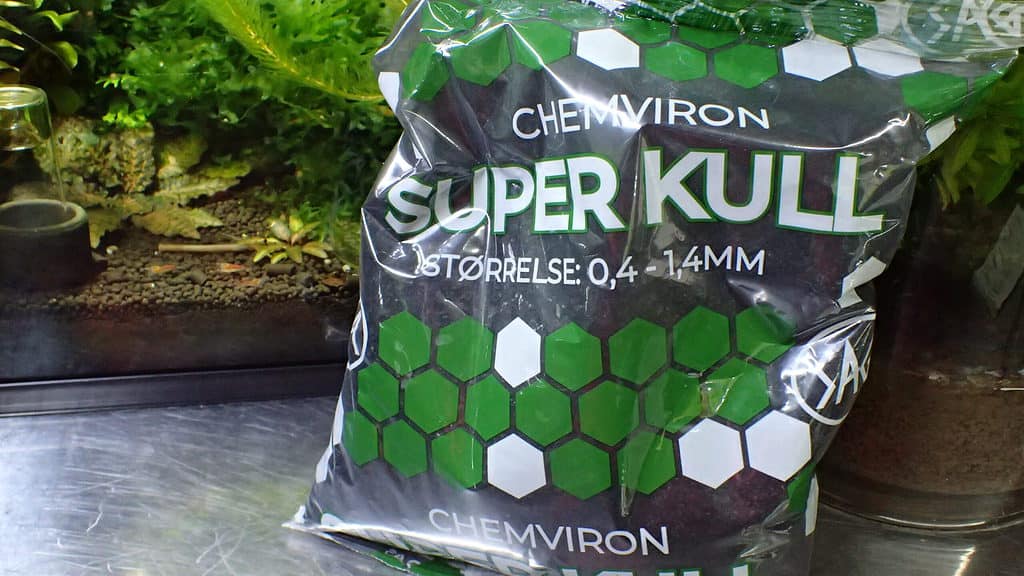Hand Washing To Prevent Toxic Poisoning And Shrimp Dying
I. Introduction
If your shrimp are swimming around erratically and then falling down dead read on..
read on..
Aquarium hobbyists know that maintaining a clean environment is crucial to keeping their aquatic pets healthy. Shrimp are no exception. These fascinating creatures require specific conditions to thrive in an aquarium, including clean water, proper temperature, and adequate nutrition. However, even with optimal conditions, shrimp can suffer from various health issues, including toxic poisoning caused by contaminants that find their way into the aquarium.
One way to prevent contaminants from entering the aquarium is by washing your hands before putting them near the shrimp tank. As simple as it may sound, this action can go a long way in maintaining a clean environment and preventing harm to your aquatic pets. In this blog post, we’ll dive deeper into why hand washing is essential for keeping your shrimp healthy and happy. We’ll also share practical tips on how to wash your hands correctly and what to do if you suspect your shrimp have been poisoned.
Furthermore, we’ll draw on a personal experience that taught us the importance of hand washing before handling aquariums. By the end of this post, you’ll have a better understanding of why hand washing is necessary, how to do it right, and how it can benefit the health of your shrimp.
II. Why is hand washing important?
The water in a shrimp tank is delicate and requires careful attention to maintain the right chemical balance. Even small amounts of contaminants, like pesticides or cleaning agents, can harm shrimp and other aquatic creatures. Ingesting these substances can cause toxic poisoning, which can manifest in various ways, including erratic swimming behavior, lethargy, and death. That’s why it’s crucial to ensure that your hands are free of any harmful substances before putting them near your aquarium.
Another common source of contamination is flea and tick treatments used on pets like cats and dogs. These treatments often contain chemicals that can be harmful to aquatic creatures, including shrimp. When you pet your dog or cat, these chemicals can get on your hands and transfer to the aquarium if you don’t wash your hands thoroughly.
By washing your hands before interacting with your aquarium, you can prevent harmful substances from contaminating the water and harming your shrimp. This simple action can go a long way in maintaining a clean and healthy environment for your aquatic pets. In the next section, we’ll explore how to properly wash your hands before handling your aquarium.

III. How to properly wash your hands
Washing your hands before interacting with your shrimp tank is easy and doesn’t have to take much time. The key is to use the right soap and technique to ensure that your hands are clean and free of any harmful substances. Here are the steps to follow:
- Wet your hands with warm water. This helps to open the pores on your skin and make it easier to remove any dirt or contaminants.
- Apply a tiny amount of scent-free dishwasher soap to your hands. Avoid using hand soap or other fragranced products as they can contain harmful chemicals that can be harmful to your shrimp.
- Rub your hands together for at least 20 seconds. Make sure to clean between your fingers, under your nails, and on the backs of your hands. This process helps to remove any dirt, grime, or harmful substances that may be on your skin.
- Rinse your hands with warm water to remove the soap and any contaminants that you’ve washed away.
- Dry your hands thoroughly with a clean towel. Make sure to use a clean towel to avoid transferring any dirt or bacteria back onto your hands.
By following these steps, you can ensure that your hands are clean and free of any contaminants before handling your shrimp tank. This simple action can help to prevent toxic poisoning and ensure that your aquatic pets stay healthy and happy. In the next section, we’ll explore the signs of toxic poisoning in shrimp and what to do if you suspect your shrimp have been affected.
IV. Signs of toxic poisoning in shrimp
Despite our best efforts, contaminants can sometimes find their way into our shrimp tanks. When this happens, it’s important to act quickly to prevent harm to your aquatic pets. One of the most common signs of toxic poisoning in shrimp is erratic swimming behavior. If you notice that your shrimp are swimming around the tank in an unusual or frantic manner, it may be a sign that they have been poisoned.
Other signs of toxic poisoning in shrimp can include lethargy, loss of appetite, and even death. If you suspect that your shrimp may be suffering from toxic poisoning, the first thing you should do is remove them from the tank and place them in a separate container with clean water. This will help to prevent any further exposure to harmful substances.

V. Counteracting Toxins in a Shrimp Tank with Activated Carbon
Activated carbon, also known as activated charcoal, is a highly porous substance that can help to remove toxins and impurities from water. It works by adsorbing contaminants onto its surface, effectively removing them from the water. In a shrimp tank, activated carbon can be a useful tool for counteracting toxins and preventing harm to your aquatic pets.
To use activated carbon in your shrimp tank, you’ll need to add it to your aquarium filter. Activated carbon is typically sold in small packets or bags that can be placed inside the filter media chamber. Once added, the activated carbon will start adsorbing contaminants from the water, helping to maintain a clean and healthy environment for your shrimp.
It’s important to note that activated carbon will eventually become saturated with contaminants and need to be replaced. The frequency of replacement will depend on various factors, including the size of your aquarium, the number of shrimp, and the amount of contamination present. As a general rule, it’s a good idea to replace the activated carbon every 4-6 weeks to ensure that it continues to work effectively if you are still having issues. Note do not keep active carbon in a tank long term as it can start to starve the filtration and plants of nutrients.
VI. Conclusion
In conclusion, maintaining a clean and healthy environment is crucial to keeping your shrimp healthy and happy. One way to prevent contamination is by washing your hands before putting them near the shrimp tank. This simple action can help to prevent toxic poisoning caused by pesticides, cleaning agents, and other contaminants that can harm your aquatic pets.
By using scent-free dishwasher soap and scrubbing your hands like a surgeon, you can ensure that your hands are free of any harmful substances before handling your aquarium. Additionally, being aware of the signs of toxic poisoning in shrimp and taking prompt action can help to prevent harm to your aquatic pets.
In my personal experience, not washing my hands after using tick treatment on my dog led to shrimp dying due to contamination. This experience taught me the importance of hand washing before handling my aquarium, and I hope that by sharing this information, others can learn from my mistake and keep their shrimp safe and healthy.
due to contamination. This experience taught me the importance of hand washing before handling my aquarium, and I hope that by sharing this information, others can learn from my mistake and keep their shrimp safe and healthy.
In summary, keeping your hands clean and being vigilant about potential contaminants can go a long way in ensuring the health and wellbeing of your shrimp. By following the steps outlined in this blog post and taking appropriate measures to prevent contamination, you can enjoy watching your aquatic pets thrive in a clean and healthy environment.
FAQ:
Q: Can I use hand sanitizer instead of soap and water to clean my hands before handling my aquarium? A: While hand sanitizer can be effective at killing germs and bacteria, it’s not the best option for cleaning your hands before handling your aquarium. Hand sanitizer may contain fragrances or other chemicals that can be harmful to your shrimp. Additionally, hand sanitizer doesn’t remove dirt and grime from your hands as effectively as soap and water. For best results, use scent-free dishwasher soap and scrub your hands thoroughly for at least 20 seconds before handling your aquarium.
Q: How often should I wash my hands before handling my aquarium? A: It’s a good idea to wash your hands before and after interacting with your aquarium. This helps to prevent contamination from potential sources, such as flea and tick treatments or cleaning agents, and also helps to keep your hands clean and free of bacteria that could harm your shrimp.
Q: What should I do if I accidentally contaminate my aquarium with harmful substances? A: If you accidentally contaminate your aquarium with harmful substances, such as pesticides or cleaning agents, it’s important to act quickly to prevent harm to your aquatic pets. The first thing you should do is remove any affected shrimp from the tank and place them in a separate container with clean water. Next, test the water in your aquarium to identify any potential issues. Finally, take appropriate measures to address the problem and prevent it from happening again, such as doing a partial water change or adjusting the filtration system.
Q: How can I prevent toxic poisoning in my aquarium? A: The best way to prevent toxic poisoning in your aquarium is to be vigilant about potential sources of contamination. This includes washing your hands before handling your aquarium, being cautious with flea and tick treatments, and avoiding using cleaning agents or other chemicals near your aquarium. Additionally, it’s important to maintain the right chemical balance in your aquarium, including monitoring pH, ammonia, nitrite, and nitrate levels, and doing regular water changes.
Q: Can other aquatic pets, like fish, be affected by toxic poisoning? A: Yes, other aquatic pets, like fish, can also be affected by toxic poisoning. It’s important to be aware of the signs of toxic poisoning in all your aquatic pets and take prompt action if you notice any unusual behavior or symptoms. Additionally, taking steps to prevent contamination, such as washing your hands before handling your aquarium and monitoring water parameters, can help to prevent harm to all your aquatic pets.
